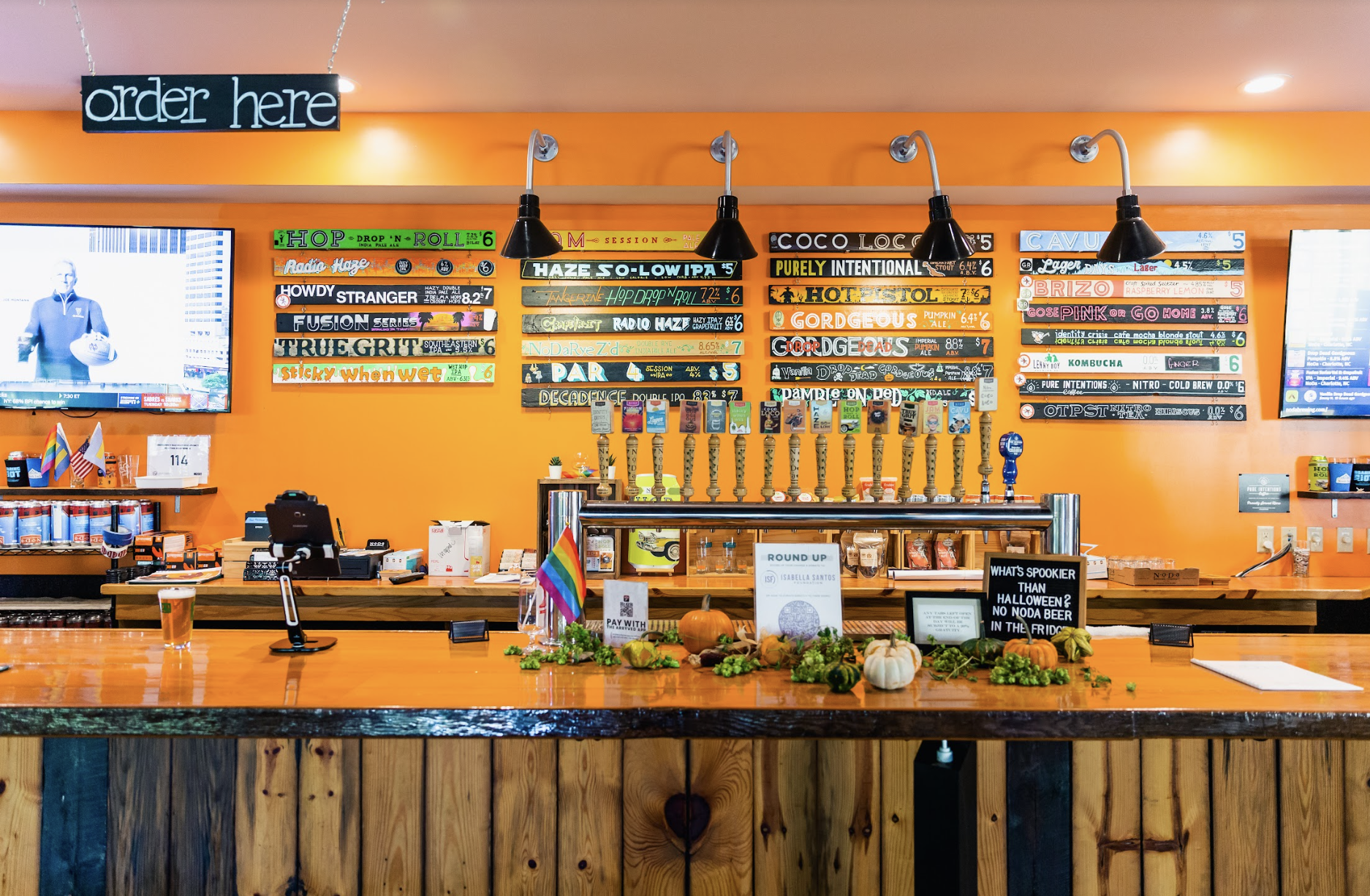Cut Payment Processing Costs & Maximize Revenue With Dual Pricing
Everything you need to know about Dual Pricing.

With rising prices on nearly everything, it’s no surprise that small business owners are getting creative with cost optimization strategies. Below we break down one of the most popular avenues being explored today—Dual Pricing—which recovers a cost that you may have thought was unavoidable: payment processing fees.
Cut Costs Without Compromising The Guest Experience
“We’ve seen price increases on every facet of our business,” Chris Davison, the Head Brewer of Wolf Ridge, says. ”All raw materials have gone up in price this year, everything from malt to cans and even shipping has increased in both price and often lead times, which incurs increased cost in its own way.”
Chris speaks for the masses here: Rising production costs driven by a historic inflationary environment and a potential recession on the horizon are placing unique pressures on business owners who are struggling to make the same products without compromising quality. Plus, employees are increasingly expecting higher wages and better benefits which puts an even bigger strain on small businesses. So where can they turn?
“We’re left with little choice but to pass some of that onto our consumers,” admits Chris.
While you may initially hesitate to let your beloved guests bear some of these additional costs, more and more small businesses are asking their guests to help offset rising costs to remain in business. It’s estimated that over 30,000 merchants implemented Dual Pricing in 2022, including an increasing number of large corporations like Hilton and Starbucks.
So how does Dual Pricing cut significant business costs and ensure positive guest experiences? Let’s dive deeper.
Get Near Zero-Cost Credit & Debit Card Processing With Dual Pricing
Did you know that typical card processing fees equal roughly 3% of revenue? That’s a big portion of your bottom line!
Where does all that money go? Mostly to banks, credit card networks, and to fund your guests’ frequent flier miles. Luckily, Dual Pricing offsets those costs so you’re not the one to pay for someone else’s trip to Hawaii.
Dual Pricing offers two options for guests at checkout: Use a credit or debit card and pay the standard menu prices, or use cash and pay the discounted rate. This incentivizes guests to pay with cash without punishing those that want to pay with card, and helps you completely recover payment processing fees for both credit and debit transactions.
Here’s how it works:
- Menus list everything in card prices, including sales tax. These card prices are adjusted at your discretion, ultimately covering costs associated with card transactions.
- At closeout, guests are given the option to pay with cash or card, knowing* the benefits of cash payments.
- If a guest pays with card, they pay the standard prices listed on the menu.
- If a guest pays with cash, your POS system automatically applies the discounted rate.
Besides the obvious benefit of nearly 0% payment processing for you, your business also maintains a positive guest experience with Dual Pricing. There’s no surprise at checkout: Your menu lists card prices, signage details your guests’ payment options, and, with the right POS system, non-cash and cash totals are written on all printed bills. There is no surprise line item fee added to the bottom of a check that the guest wasn’t aware about at checkout.
Should guests use a card at checkout, they pay the standard menu price that they anticipated all along, which includes processing costs. Remember, guests get benefits from their card providers (miles, points, cashback) so it makes sense for them to cover the small fee for the convenience of using a card. And by the way, gas stations have been doing this for years.
Beware: This Is NOT The Same As Credit Card Surcharging
Credit card surcharging is when a fee is automatically added to the tab for credit card payments in order to account for processing fees. The key differences between surcharging and Dual Pricing are guest transparency, legality, and card applicability.
With surcharging, card-paying guests are confused at checkout when they see their total: Wait, where did this extra charge come from? A higher total than expected at checkout doesn’t make for a good experience, which your business strives so hard to curate.
Not only that, but credit card surcharging isn’t legal in every state. Additionally, it’s often applied to debit transactions, which violates Visa and Mastercard rules and federal regulations. The last thing you need is a legal battle with the Big Guys on your hands.
Here’s the real home run: Dual Pricing is legal in all 50 states.
How To Implement Dual Pricing In Your Small Business
Your POS system is imperative to Dual Pricing because it automatically adjusts prices for cash payments and updates reports and inventory based on dual prices, making your staff’s jobs easier.
Arryved’s Dual Pricing Program helps businesses like yours cut processing costs and maximize revenue with easy-to-use, customizable tools. Learn more about it in a free, custom demo!
